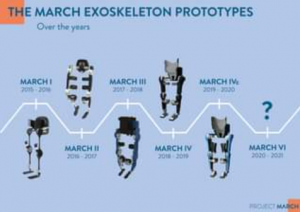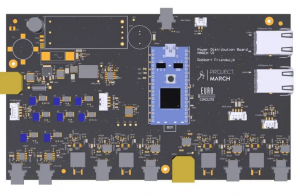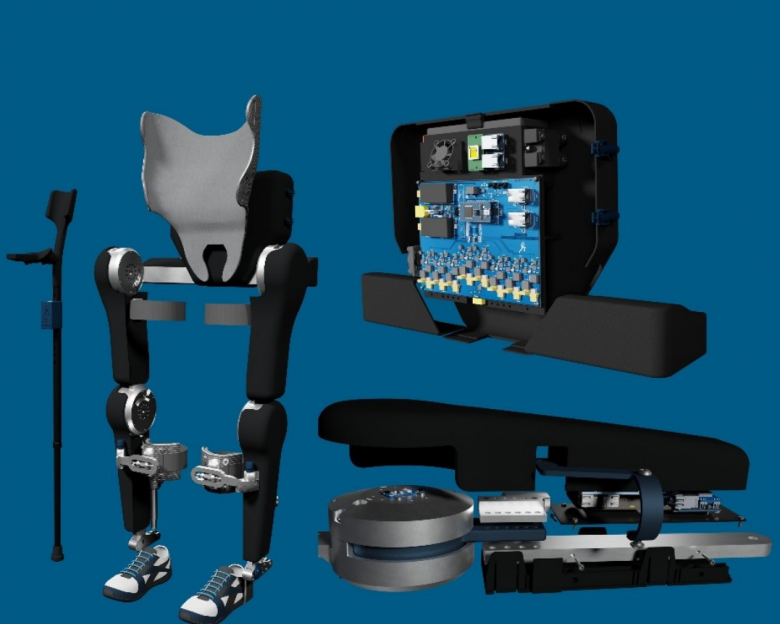The spinal cord is one of the most vital parts of the human body being the centrepiece of the human nervous system. A spinal cord injury is one of the most prevailing concerns in the biomedical domain. It impacts the physiological and social well-being of a person. The costs for treatment is also significant making it inaccessible to most people. The recent estimates show that around 236-1298 people have spinal cord injuries all over the globe. Loss of motor control in large parts of the body, including the legs, is one among the many possible results. Paraplegia is a usual result of spinal cord injury. The quality of life for people with paraplegia is severely affected where they can’t perform most of the daily activities like walking, standing, etc. With recent advancements in technology, several devices have been designed to make it such that the person can carry as many functions as possible with close resemblance to his former self. Bionic limbs and exoskeleton prostheses are the most recent technological advancements in the domain.

Project March is the initiative of Delft University of Technology, Netherlands. Its main goal is to design an exoskeleton for people with paraplegia each year. It consists of a team of 27 members. Among that, 26 are passionate students from TU Delft, from all the disciplines such as biomedical, mechanical, electronics etc., and the 27th member is the pilot (Koen-a spinal cord injury patient). Project MARCH believes that the quality of life is improved by not only providing great mental benefits but also providing the pilot with:
1. strengthening muscles
2. better blood circulation
3. improved bladder and intestinal function
4. minimal nerve pain
While walking and standing up.
The initiative started in 2015-16, 3 previous models have been built, and presently MARCH IV is under progress.
The exoskeleton has four sets of joints-
1.2-pairs of hip joints
2. A pair of knee joints
3. A pair of ankle joints
The ankle joint solves the problem for the user to climb a slope which couldn’t have been easier using earlier prosthetics. It has an input device that controls the movement of these joints, and the user has access to these near the crutch via buttons.
The power supply consists of a battery which requires to be as small as possible yet have the minimum voltage and power to run for a maximum duration before recharge. Project MARCH IV is using a battery with a much better capacity. The power is distributed to all the different parts in a safe and controlled manner with maximum clarity in communication, which is achievable. The communication protocol used in Project MARCH is EtherCAT. A lot of sensors are present to ensure the exact rotation and temperature of the joint. It allows the limbs like links to rotate to the maximum in close resemblance to the lower limbs. A custom-made embedded software is used for the sensor -EtherCAT interface. A Self Designed Printed circuit board designed by Euro Circuits is used for power distribution, servo driver and data communication.

Similar exoskeleton technology is being used in several other fields such as military training, industrial applications etc. This idea, which is at the interface of mechanics, human movement mechanics, electronics and robotics, offers a crucial solution for all the people like Koen, who had unfortunately lost control over their lower limbs and body due to unforeseen situations. Innovation and Development being the key factors, each subsequent model has been trying to rectify the problems faced by the pilot due to the model improving on its previous prototypes. The cutting-edge technology will surely provide better and better solutions soon, and users might perform almost all the functions as effortlessly as possible.
To learn more:



